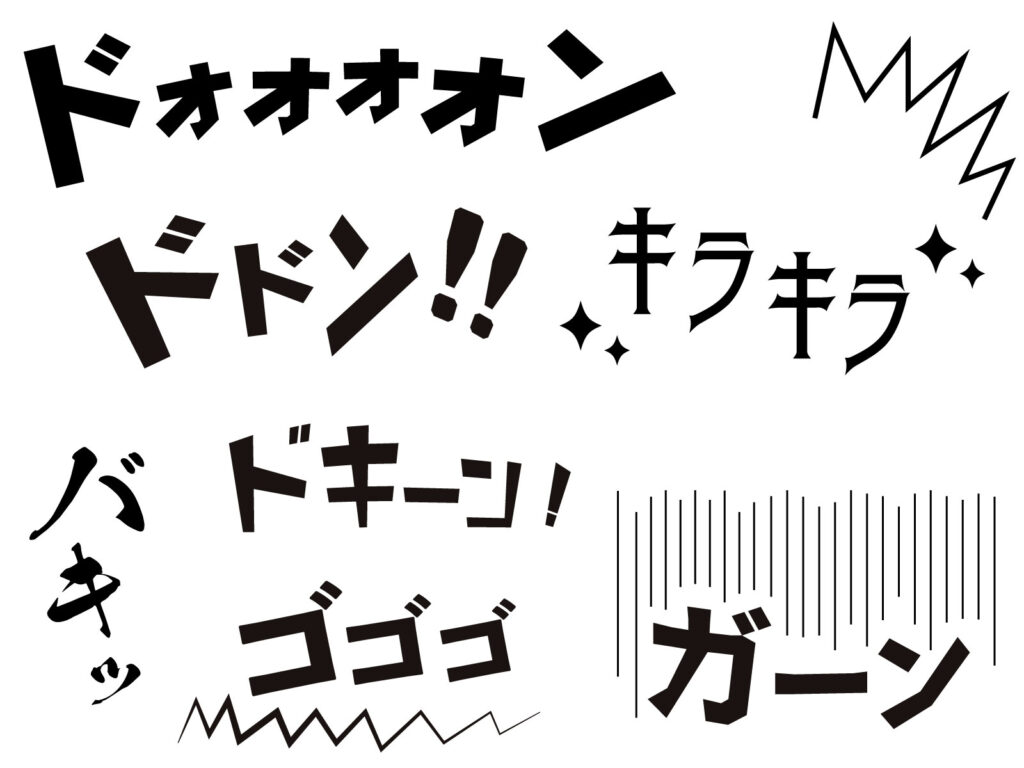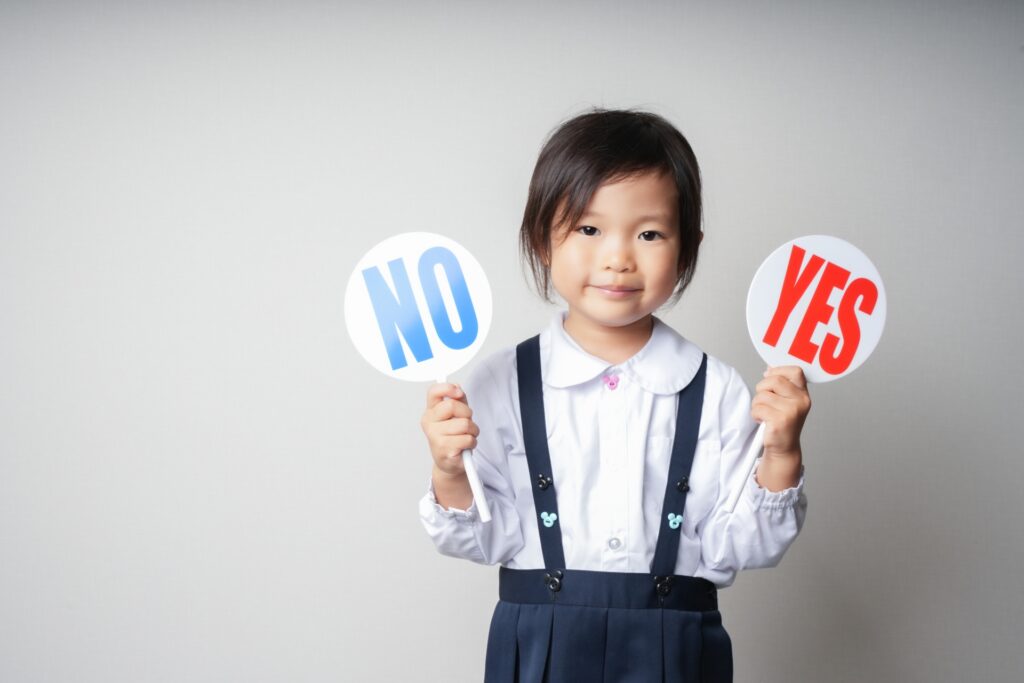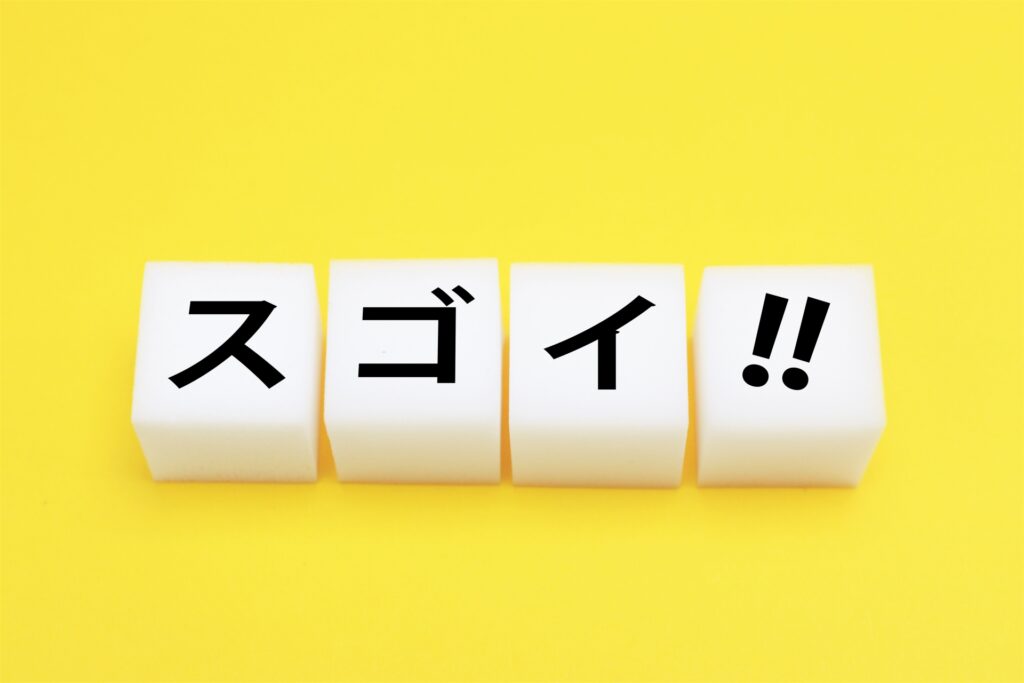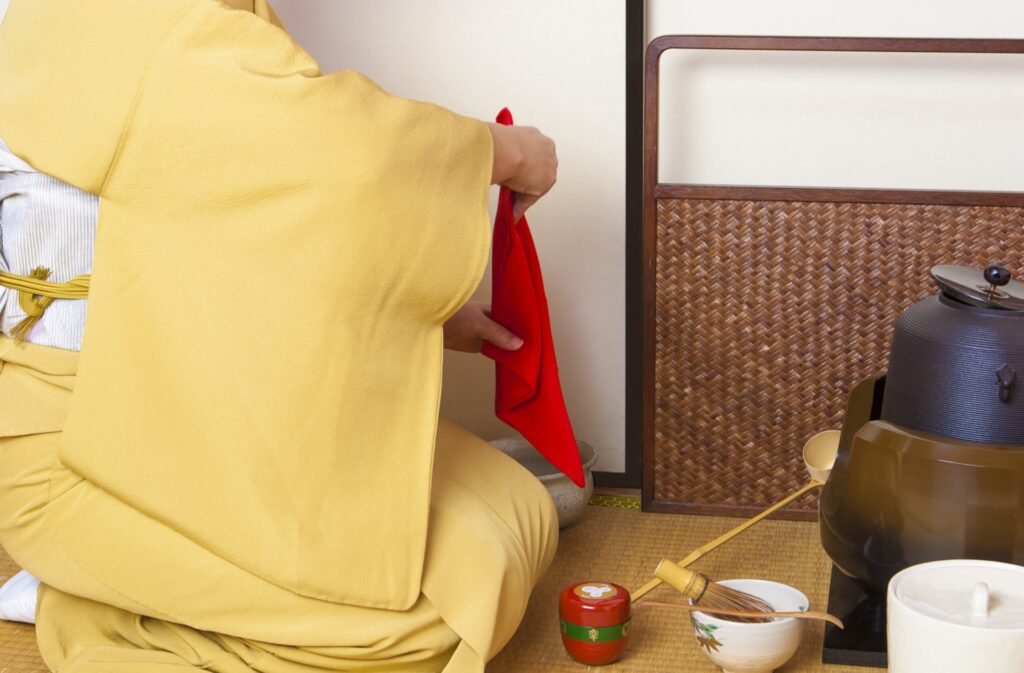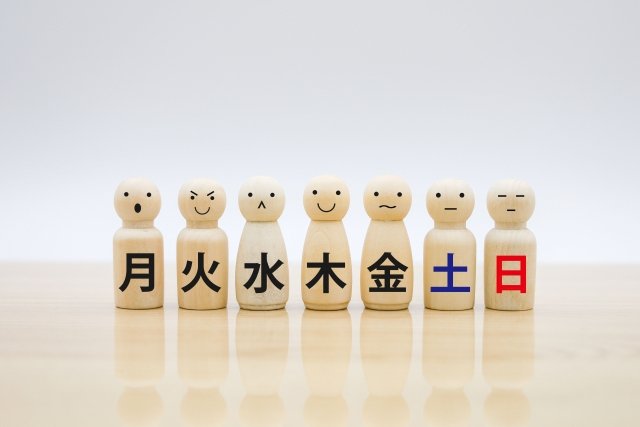Mastering “Otsukaresama Deshita”: Meanings and Usage for Foreigners
Foreigners who come to live in Japan often struggle with the Japanese language, which is said to be the most difficult language in the world. Simple greetings such as “Ohayo”, “Konnichiwa”, and “Good evening” can be learned without much difficulty, but there are words that have multiple usages and multiple meanings in the same language, […]
Mastering “Otsukaresama Deshita”: Meanings and Usage for Foreigners Read More »




